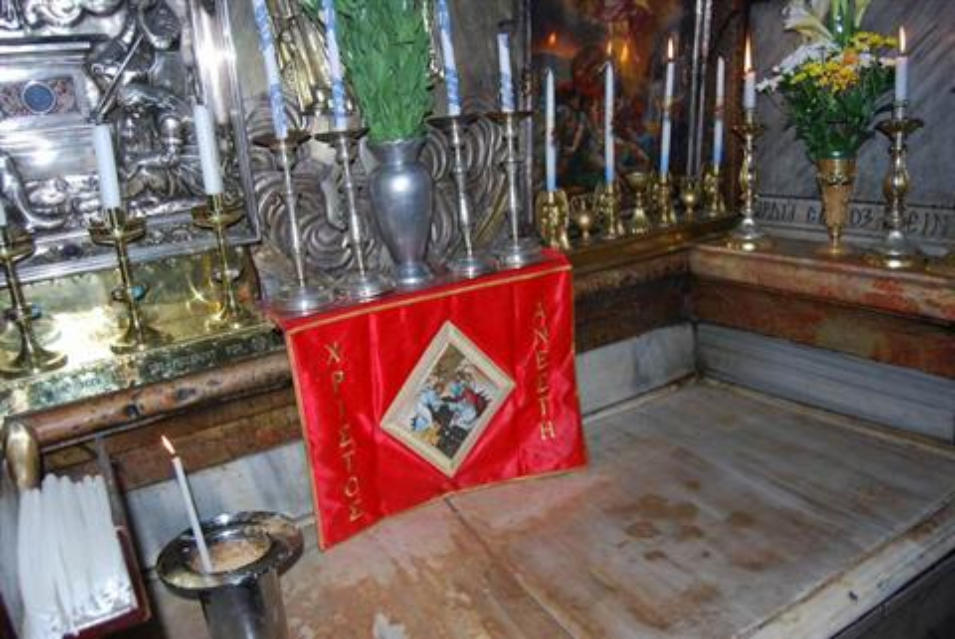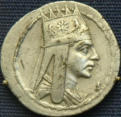

Armenian Jerusalem



for the first time in 200 years


The
777
Thai
Airways
took
off
from
Sydney
more
than
a
quarter
of
an
hour
late,
but
the
crew
made
up
for it with an abundance of solicitous courtesy and exemplary service.
It
would
be
a
9-hour
flight
to
Bangkok
and
then
another
grueling
11
hours
aboard
an
El
Al
767
bound
for
Tel Aviv.
For
the
first
time
in
15
years,
I
was
returning
to
Jerusalem,
the
city
of
my
birth,
on
an
odyssey
fraught
with expectation and a modicum of trepidation.
It would be a journey of rediscovery and reacquaintance.
I
dislike
flying,
but
the
offer
made
to
me
by
a
North
American
film
company—to
go
to
Jerusalem
and
act
as an advisor, guide, and consultant to the producer—was one I could not refuse.
“I’ll take a knockout pill and sleep throughout the flight,” I said.
With this thought to buttress me, and some Zen training to boost my courage, I got aboard the plane.
Thankfully,
air
turbulence
put
on
a
desultory
performance,
and
I
managed
to
put
up
with
the
occasional
buffeting
of
the
aircraft.
There
was
even
no
need
for
a
sleeping
tablet:
The
laptop
kept
me
occupied
for
a
few
hours
and
the
fine
in-flight
collection
of
new
videos
helped
while
away
the
time.
The
landing,
which
I
had thought of as a dreaded passage to purgatory, was smooth, as if choreographed by a maestro.
The Old City from the Mount of Olives.
I
was
travelling
on
my
Australian
passport
but
as
I
handed
it
to
border
control
at
the
Tel
Aviv
airport,
the
word “Jerusalem” seemed to jump out of the page, piquing the interest of the Israeli officer on duty.
“You are a Sabra?” he asked with a broad smile, using the popular appellation for native Jews.
His fingers were flying over the computer.
“Actually, I am not Jewish,” I told him.
His fingers paused for a minute, and a frown creased his face.
“Please
to
wait,”
he
told
me,
motioning
me
aside,
as
other
passengers
streamed
by.
Their
passports
hardly merited more than a cursory inspection.
I
had
heard
of
instances
of
returning
non-Jewish
Jerusalemites,
who
had
obtained
foreign
citizenship,
being
subjected
to
what
amounted
to
the
third-degree
upon
arrival
at
Israeli
ports
of
entry.
There
had
even
been reports of people being forced to give up their Israeli IDs in order to enter or leave the country.
But I had a different agenda.
“Is there a problem?” I asked.
“No problem. Just one minute.”
It was taking longer than that.
“Look,”
I
said.
“I
am
a
foreign
correspondent.
I
have
been
invited
here
as
an
advisor
on
a
feature
film
about
Jerusalem
which
will
be
made
by
a
North
American
company.
I
have
a
meeting
in
an
hour’s
time
with
the producers. I need to be there.”
“Wait please,” he said again.
“I
cannot
wait,”
I
countered.
“If
there
is
a
problem,
take
it
up
with
the
Government
Press
Office
[GPO].
I
am supposed to be driving to Jerusalem now. You’re going to make me late.”
The
GPO,
an
adjunct
of
the
Prime
Minister’s
office,
was
the
official
body
catering
to
the
foreign
press
corps in Israel.
“Just one moment, please.” He picked up his phone.
I
flipped
open
my
mobile
and
started
to
make
some
calls
of
my
own—to
the
producers
to
explain
the
delay and to old contacts within the GPO and other governmental departments.
I
raised
my
voice
to
make
a
point
and
noticed
the
officer
watching
me
intently.
Suddenly,
he
got
up
and
hurried out. A few minutes later, I was called back to another office by a policewoman.
“Welcome to Israel,” she said with a coquettish smile, handing over my passport.
I
checked
the
pages.
They
had
issued
me
with
a
B2
tourist
visa,
valid
for
three
months.
I
wasn’t
staying
that
long,
two
weeks
at
most.
Some
travelers,
particularly
those
who
later
intend
on
visiting
neighboring
Arab
countries
or
places
not
friendly
to
Israel,
usually
ask
that
their
passports
not
be
stamped
to
avoid
problems
at
border
crossings.
Instead,
they
are
issued
visas
on
a
separate
card
or
piece
of
paper,
as
there
is
genuine
concern
that
the
imprint
of
an
Israeli
stamp
on
their
passports
would
automatically
bar
them
entry
into Syria, Lebanon, Iran, or other blacklisted spots.
I thanked the girl and made my way out.
We
drove
to
Jerusalem
in
a
sherut,
a
shared
cab,
a
convenient
way
to
travel
if
you
do
not
mind
the
runaround
and
hassle:
Each
passenger
has
to
be
dropped
off
at
his
destination
in
and
around
the
city
one
by
one. You have to sit out your turn.
And
forget
about
road
courtesy.
It
has
been
said
that
Israelis
drive
their
cars
as
if
they
are
tanks,
to
the
dismay
of
pedestrians
who
have
to
race
them
across
zebra
crossings.
Giving
way
seems
an
alien
imposition,
blithely ignored.
The
driver
had
his
mobile
glued
to
his
ear
while
manipulating
his
car
with
his
left
hand,
signals
were
neither used nor acknowledged, and he made lavish use of the horn to punctuate a point or argument.
Parking,
I
found
out,
is
one
luxury
that
is
almost
universally
denied
Jerusalem’s
hapless
motorists.
Old
City
residents
in
particular
are
so
desperate
that
they
are
willing
to
pay
up
to
$100
a
month
for
a
spot—some a brisk 10-minute walk from their homes.
On
both
sides
of
the
highway,
stunted
olive
trees
jutted
out
in
hesitant
exultation
over
scree
and
boulder
as
they
sought
purchase
in
rocky
pastures,
while
occasional
patches
of
greenery
gave
promise
of
abundance
in the politically troubled land of milk and honey.
My
fellow
passengers
were
a
loquacious
lot,
bubbling
with
excitement
at
the
prospect
of
seeing
“Yerushalaym”—a few of them for the first time.
“I’ve
been
away
14
years,
and
have
come
back
to
recharge
my
batteries,”
one
religious
Jew
from
Baltimore, Md., said, adjusting his black kippa (yarmulka).
As
we
neared
the
approaches
to
the
city,
an
unsettling
sight
greeted
us:
huge
furrows
in
the
road,
gouging
out
a
path
for
a
proposed
railroad
that
would
serve
Jerusalem
and
outlying
suburbs.
It
was
an
eyesore many people I talked to detested.
“This
is
madness,”
one
Israeli
later
commented
to
me.
“Who
needs
a
train
to
Pisgat
Ze’ev
or
French
Hill
[two Jewish suburbs minutes away from the city center]?”
Many Arabs call it a desecration.
At
the
threshold
to
Jaffa
Gate,
a
new
tunnel
had
been
churned
out
of
the
earth
to
channel
traffic
around
the Old City, but the hole is regarded as further perfidy by purists.
“Town
Hall
has
lost
its
senses,
piling
ugliness
upon
ugliness
on
our
beautiful
Jerusalem,”
mourned
an
elderly Jew.
Inside
the
Old
City
itself,
however,
the
planners
had
kept
their
picks
and
shovels
under
wraps,
and
desisted from tampering too noticeably with its ancient hallowedness.
The
sherut
crawled
up
Jaffa
Gate
and
as
it
disgorged
its
last
passenger,
I
was
struck
by
the
teeming
crowds
of
tourists,
interspersed
by
the
pervading
presence
of
security
men
and
women,
bristling
with
full
riot
equipment.
They
had
staked
claims
to
every
strategic
corner
or
road,
their
appearance
intended
to
be
reassuring to visitors, but a cause of mute and bitter anguish for the city’s Arab citizens.
I
dumped
my
bags
in
the
private
apartment
I
had
rented
in
the
Christian
Quarter,
and
hurried
to
keep
my
appointment with the film producers.





















